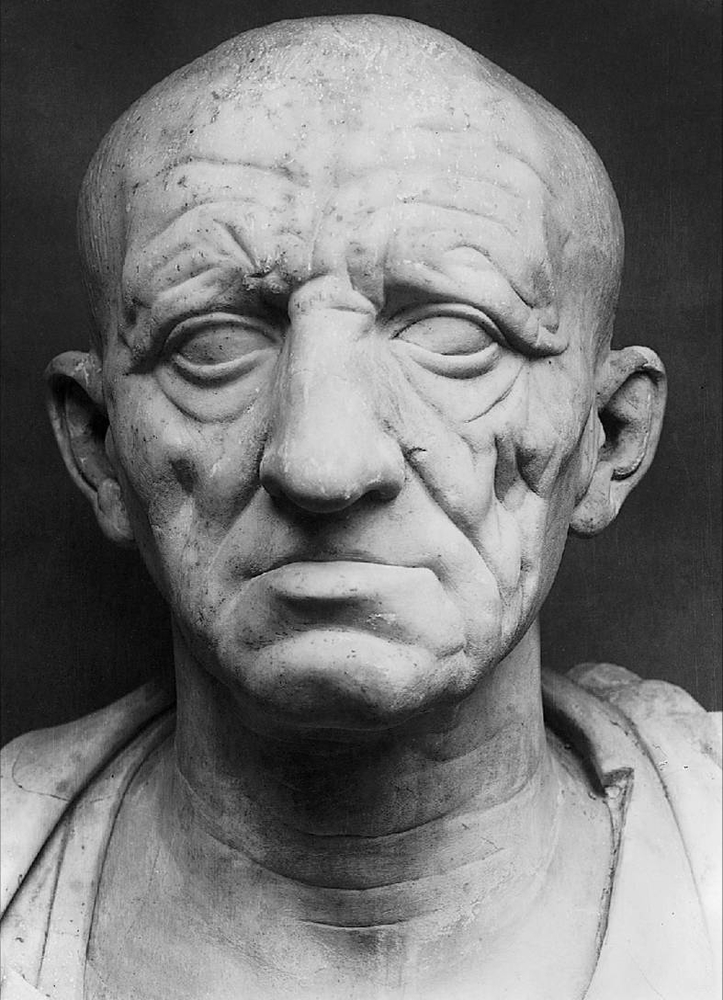More about Place de la Concorde
- All
- Info
- Shop

Sr. Contributor
Degas' hustle for quick cash snowballed into an international scandal in the wake of the largest war in human history.
The artist made a habit of painting his friend, the Viscount Ludovic-Napoleon Lepic, with the kiddies. Concorde is the one that gets everyone's attention. Degas was hard up for money, so the Viscount agreed to buy the painting instead of embarrassing everyone with offering a handout.
Lepic lead a life of luxury. He was just high enough up the nobility ladder for everyone to kiss his ass, but not so noble as to have "real life problems." His biggest daily challenge was figuring out how to convince his championship-winning purebred dogs to keep breeding. Otherwise, time was split between the daughters and the studio making prints. Ludovic wasn't a master by any means, but his paintings did get wall space with the Impressionists. Degas even acknowledged learning a few techniques from the Viscount. To be fair, he was a good pair of deep pockets to have on your friends list.
Lepic's hat alone gets Concorde a fair amount of attention. It's not the hat itself, though it's easily 8.5/10 as far as top hats go. Totally not knocking the top hat. Tall, nice flow with the beard. It's what the top hat covers that matters. Behind yonder hat is a famous statue dedicated to the French who died in the Franco-Prussian War, as well as to losing Alsace-Lorraine to Germany. Parisians flocked to the statue to bury it in flowers and wreaths and drape it in black around the war's anniversary. The Impressionists all had a bad time with the Franco-Prussian War, and went out of their way to keep such topics from tainting their work.
Fast-forward to WWII, and Concorde is in the collection of German businessman Otto Gerstenberg. Everyone presumed it blown up in the Allies' bombing of Dresden, but fifty years after the war, the Russian government confirmed the worst kept secret in the art world. They had dozens of masterpieces lifted from the Nazis and private Germans in the wake of the war, all cataloged and stored in an underground vault in Saint Petersburg. Including Concorde. The international community demanded take-backs, but Russia's federal government passed a law formalizing finders-keepers.

Contributor
Also known as Viscount Lepic and his Daughters Crossing the Place de la Concorde.
Viscount Lepic is the grandson of Louis Lepic, Napoleon’s friend and General.
Featured Content
Here is what Wikipedia says about Place de la Concorde (Degas)
Place de la Concorde or Viscount Lepic and his Daughters Crossing the Place de la Concorde is an 1875 oil painting by Edgar Degas. It depicts the cigar-smoking Ludovic-Napoléon Lepic, his daughters Eylau and Jeanine, his dog, and a solitary man on the left at Place de la Concorde in Paris. The man on the left may be the playwright Ludovic Halévy. The Tuileries Gardens can be seen in the background, behind a stone wall.
Notable for its innovative composition, use of negative space, and cropping, the painting reflects influences from photography and contemporary urban transformations during Haussmann's Paris. Widely thought to be lost after World War II, the painting was revealed in 1994 to be part of a collection looted by Soviet forces, later displayed at the Hermitage Museum in the controversial "Hidden Treasures Revealed" exhibition. It remains in the Hermitage's collection today.
Check out the full Wikipedia article about Place de la Concorde (Degas)
















I enjoy this picture because it shows the bond between a human and a dog. You can see that the child is the dog's main caregiver. It reminds me of the bond a dog and a baby have and how the dog protects the child as much as it can.